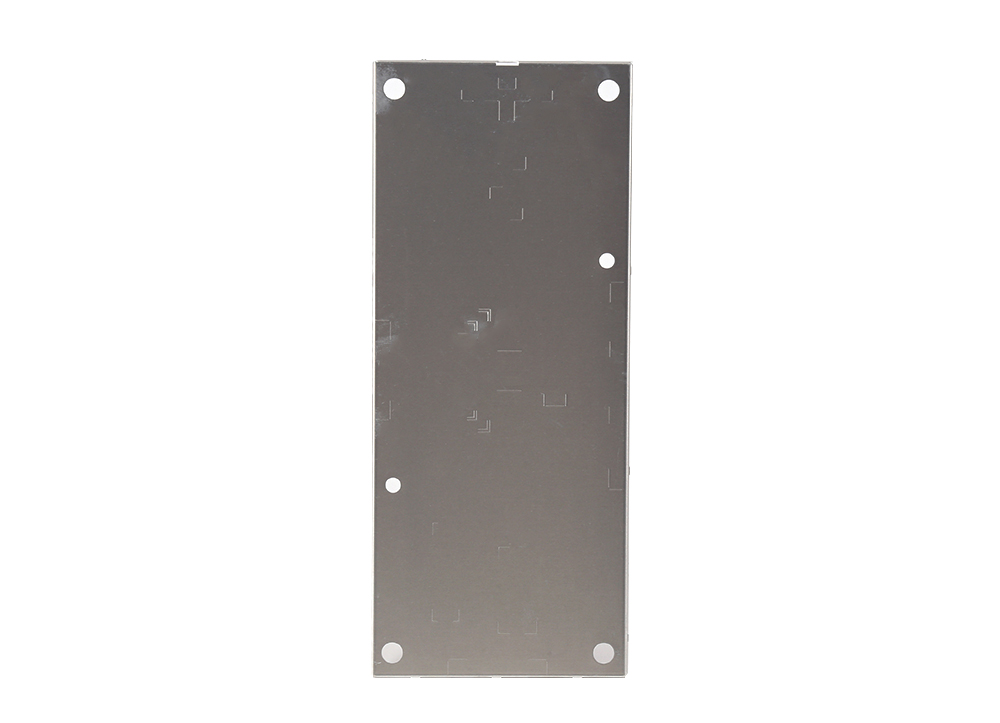Time:2023-08-22 Preview:
The machining of CNC precision parts requires the smoothness of the workpiece and the requirements of the cutting tool. Before machining CNC precision parts, a calibration table should be used to check whether the cutting tool is swinging within the allowable tolerance range. The cutting head and locking nozzle should be blown clean with air or wiped clean with a cloth before installation. Dirty parts have a certain impact on the accuracy and qu

ality of the workpiece. When clamping, pay attention to checking whether the name and model of the precision part processing workpiece and the program sheet are the same, whether the material size matches, whether the clamping height is high enough, and use a caliper to count. When clamping, pay attention to checking whether the name and model of the precision part processing workpiece and the program sheet are the same, whether the material size matches, whether the clamping height is high enough, and use a caliper to count. The program sheet for precision parts processing should be consistent with the reference angle direction indicated on the mold, and then check if it is correct with the 3D drawing. Especially for workpieces that have already been drilled and transported with water, it is necessary to clearly check whether the 3D drawing is consistent with the water transportation of the workpiece. If there is any ambiguity, it is necessary to promptly report it to the programmer or find a fitter to check the 2D drawing and see if the 2D and 3D reference angles are consistent. The program sheet for precision parts processing documents should be standardized, including mold number, name, program name, processing content, tool size, feed amount, especially the safe length of tool clamping, reserved allowance for each program, and smooth cutting.
CNC precision parts are processed and written into the program in the form of instructions. The cutting amount includes spindle speed, back feed, and feed rate. Our company is the first stop for precision mechanical hardware processing, specializing in precision mechanical parts processing and automation equipment parts processing. In precision machining of spare parts, metal material spring steel is often in contact.
It is a very good elastic steel, and under quenching and tempering conditions, elastic stress is used to process and manufacture springs and elastic component parts, such as mechanical accessory chuck numbers.
Spring steel can withstand a certain load within the specified range, with elastic deformation capacity, and will not undergo permanent deformation after the load is removed. The unique elastic material of spring steel materials is also used in many non-standard automation equipment parts.
For different machining methods, different cutting amounts need to be selected. When programming precision parts processing, programmers must determine the cutting amount for each process, including spindle speed, back feed, feed rate, etc., and input them into the program in the format specified by the CNC system. The cutting amount for precision parts processing requires different cutting amounts for different processing methods. Reasonable selection of cutting parameters has a significant impact on the surface quality, accuracy, and processing efficiency of parts. This is also difficult to grasp in practice, and it requires rich practical experience to determine the appropriate cutting amount. During CNC programming, only the programmer's experience and the recommended cutting amount of the tool can be used to preliminarily determine the cutting amount, while the final cutting amount will be determined based on the debugging results of the part CNC program and the actual machining situation. The principle of selecting cutting parameters for precision parts machining is to mainly improve productivity during rough machining.
 Related News
Related News·What are the factors for the wrinkling of precision metal stamping parts of non-standard precision h · CNC processing positions are also divided into levels? ·Does the main axis of the large CNC processing center affect the speed of operation? ·Development of Automotive Hardware Parts in China ·Type of medical equipment die castings ·Market demand for CNC precision parts processing ·CNC mechanical processing efficiency improvement plan ·Three Basic Factors Influencing the Surface Quality of Workpieces in Mechanical Part Processing ·The advantage of the high -speed machine of the processing center is ·Excellent choice for universal die cast aluminum alloy medical devices


